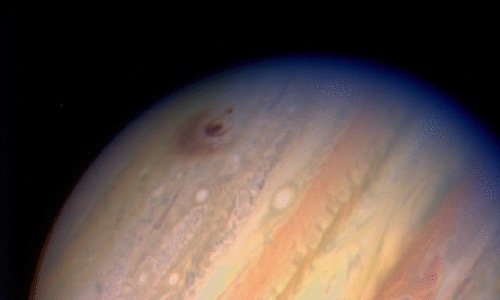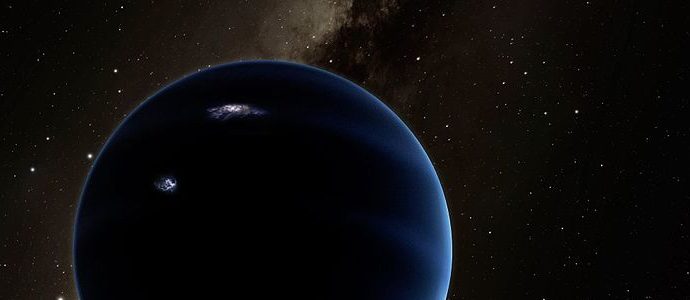A Large Object Has Impacted Jupiter, and its Great Red Spot May Be Safe—For Now
Jupiter has found itself in the spotlight again, this time with news that reports of the demise of its famous Great Red Spot may have been greatly exaggerated, and also that the Solar System’s largest planet may have once again been impacted by a large object that left a brightread more

